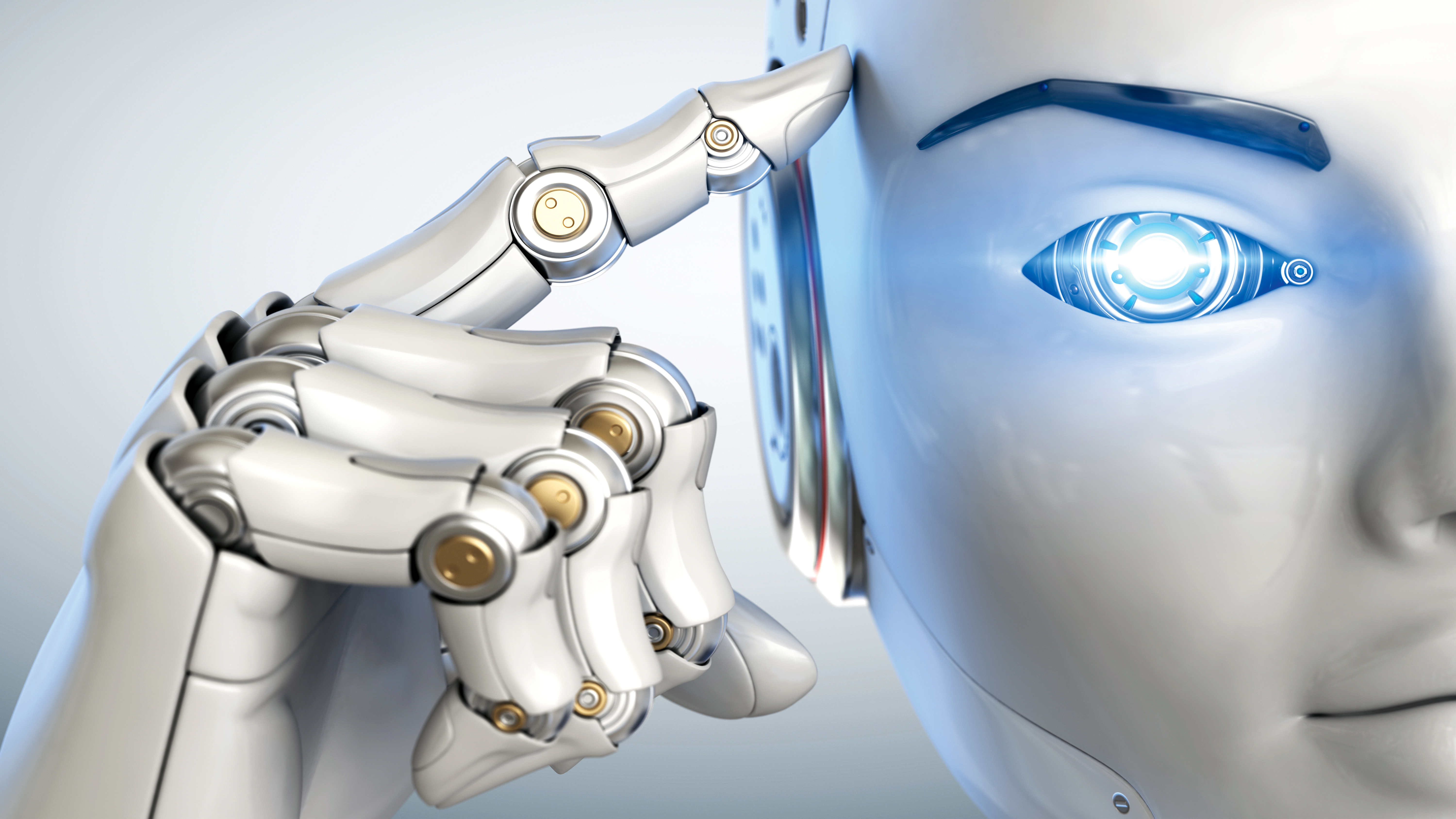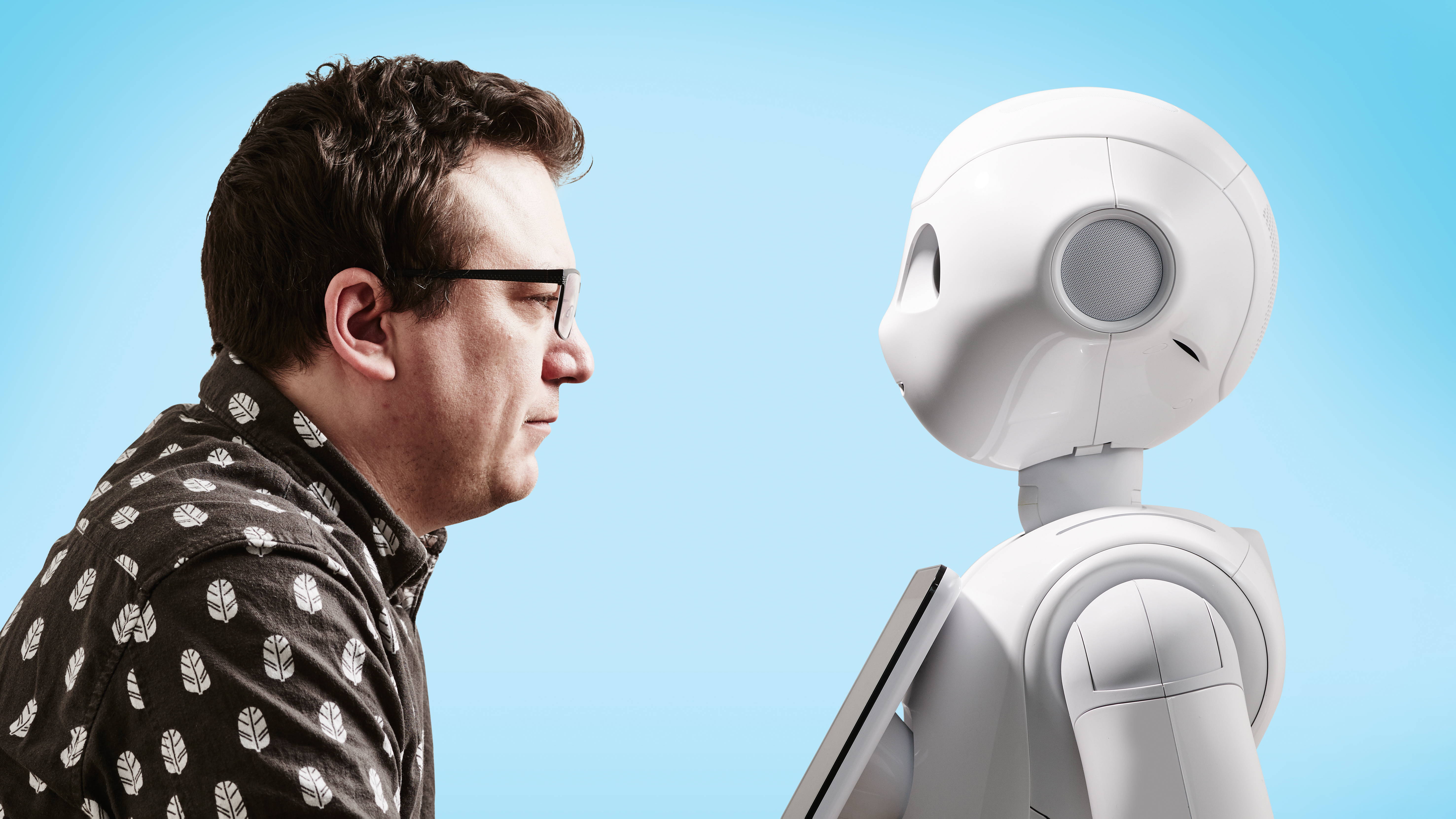
In a move that will reverberate throughout the creative industries, it has been ruled by a federal judge that AI-generated artwork is not copyrightable under United States law.
In short, no image can be copyrighted unless it has been authored in part by a human being. "Human authorship is an essential part of a valid copyright claim," said US District Judge Beryl Howell, rejecting a claim made by computer scientist Stephen Thaler over a piece of AI artwork titled A Recent Entrance to Paradise.
You are probably familiar with the case of British wildlife photographer David J Slater in 2014, who was denied copyright for selfies taken by macaques using his camera. The court ruled that a non-human creator cannot hold copyright under US law; instead, it becomes part of the public domain.
"Plaintiff can point to no case in which a court has recognized copyright in a work originating with a non-human," read the court order in the Thaler case, alluding to cases such as that brought by Slater in the past. In short, an image created by an ape is not copyrightable – and nor is an image created by AI.
"Human authorship is a bedrock requirement," continued the order (via The Hollywood Reporter). "The act of human creation – and how to best encourage human individuals to engage in that creation, and thereby promote science and the useful arts – was thus central to American copyright from its very inception."

What actually happened?
In 2018 Stephen Thaler, chief executive of a neural network company, made a copyright application for A Recent Entrance to Paradise – which was "autonomously created by a computer algorithm running on a machine" – with the AI system listed as the sole author.
The US Copyright Office dismissed the application on the aforementioned grounds that only work created by a human is eligible for copyright protection. Clearly, a work created autonomously by a computer is not a human.
"In the absence of any human involvement in the creation of the work, the clear and straightforward answer is the one given by the Register: No," the judge reiterated, in explaining whether work created by AI can be copyrighted.
Thaler challenged this decision – and the previous case precedents that led to it – having listed himself as the copyright owner based on work-for-hire principles, and the assertion that ownership would fall to the owner of the machine in question.
The outcome is a significant and potentially landscape-changing one – most visibly in terms of the current strike action in Hollywood. A key point of contention between the film studios and the WGA / SAG-AFTRA (the Writers' Guild of America, and the Screen Actors' Guild and American Federation of Television and Radio Artists) is the desire to replace all or part of the work done by writers and performers with AI.
With it being definitively ruled that such work cannot be copyrighted, the studio system will lose interest in this point (as it would mean that movies and TV shows created with AI would not be fully protected).
What is interesting is that photography was used as an example of the human authorship described by Judge Howell in her ruling. Essentially a parallel was drawn, asking what was the difference between an image created by AI and an image created by a camera – neither of which are human.
As surmised by The Hollywood Reporter: "While cameras generated a mechanical reproduction of a scene, she explained that they do so only after a human develops a 'mental conception' of the photo, which is a product of decisions like where the subject stands, arrangements and lighting, among other choices."

If you aren't put off by all this rigmarole, you can try out the best AI image generators for yourself. If you want to photograph your own images, check out the best cameras for portraits, the best cameras for landscapes, the best cameras for sports photography and the best cameras for wildlife photography.







